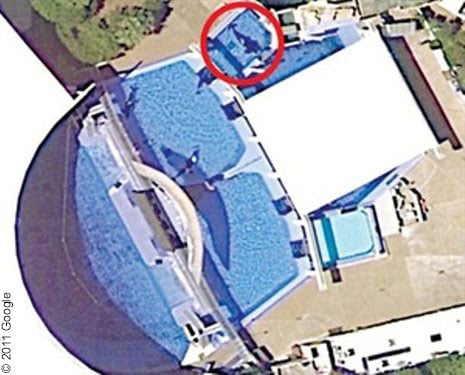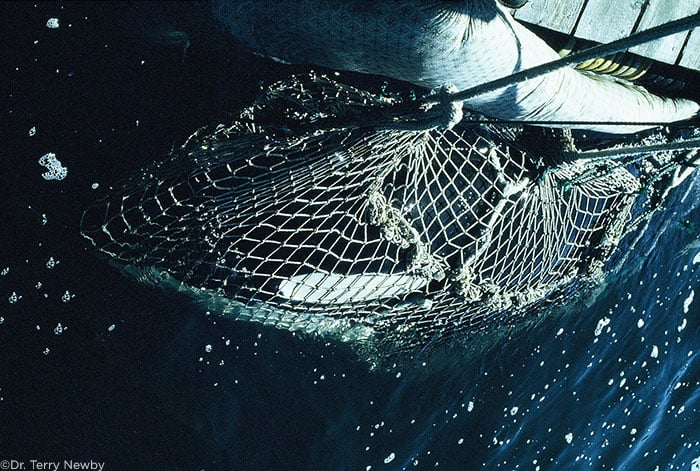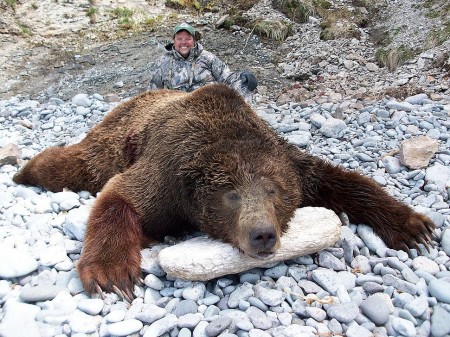Big Game Hunting
Big-game hunting is the hunting of large game. The term is historically associated with the hunting of Africa's Big Five game (lion, the African elephant, the Cape Buffalo, the leopard and the white rhinoceros), and with tigers and rhinos on the Indian subcontinent.
Killing of Cecil The Lion
The killing of Cecil, a Zimbabwean lion, by a dentist from Minnesota has turned an international spotlight on big game hunting. It's a thriving industry, with more than 1,000 organizations worldwide.
George Hinton is with Hunting Legends in Pennsylvania. The company runs safaris on thousands of acres in South Africa. Its website is filled with pictures of lions, and there's a price list: An elephant can cost you $60,000 plus daily rates. A male lion in its prime goes for $35,000. Hinton says white rhinos are also available.
"Our clients come to us and they tell us what kind of adventure they want to have, and if we can accommodate them, we will," he says. "It's all done legally. We have professional hunters, trackers, skinners, games people. I mean, we employ a lot of people. This industry is huge."
Hinton is seething over how Walter Palmer, the Minnesota dentist, killed Cecil, luring the protected animal out of his habitat even though he was wearing a GPS collar as part of ongoing research by Oxford University. Hinton says it's damaging to big game companies like his.
"We get the proper permits, we do our due diligence to make sure that everything goes the way it's supposed to," he says. "And then this happens and we're thrown into the barrel with this knucklehead. You know, he's not a sportsman."
Jeff Flocken, a regional director for the advocacy group, says the hunters are returning to the U.S. with their trophies — about 440 African lion trophies on average every year. The African lion is not listed as an endangered or threatened species under the U.S. Endangered Species Act.
Big game hunting organizations worry that the outrage over Cecil's killing could push the U.S. government to ban the importation of trophy animals. The White House says it has received a public petition with more than 130,000 signatures calling on the U.S. to extradite Palmer to Zimbabwe. Law enforcement officials at the U.S. Fish and Wildlife Service say they're trying to track him down.
Flocken says the lion's death has shocked the general public. He says the International Fund for Animal Welfare recently polled Americans about big game hunting.
"Over 95 percent were against hunting any endangered species for sport," he says. "Americans don't think this should happen. Most of them don't even know it's happening."
Mike Hoffman, with the International Union for the Conservation of Nature, says it's important to distinguish between illegal poaching — which he says is the real driver behind the decline in wildlife numbers — and legal trophy hunting, in which people will pay a high price to hunt elephants, lions and the like.
"When it's well-managed," Hoffman says, "a lot of that income goes back into conservation and into supporting local communities and so on. But of course there is a lot of trophy hunting which is not necessarily well-managed, and that can be extremely detrimental and have a very negative impact on [animal] populations."
Hoffman says some countries have introduced quotas or outright bans. But the rate at which the animal numbers are declining is not sustainable.
"Death Of Beloved Lion Heats Up Criticism Of Big Game Hunting." NPR. NPR, n.d. Web. 11 Apr. 2016.









